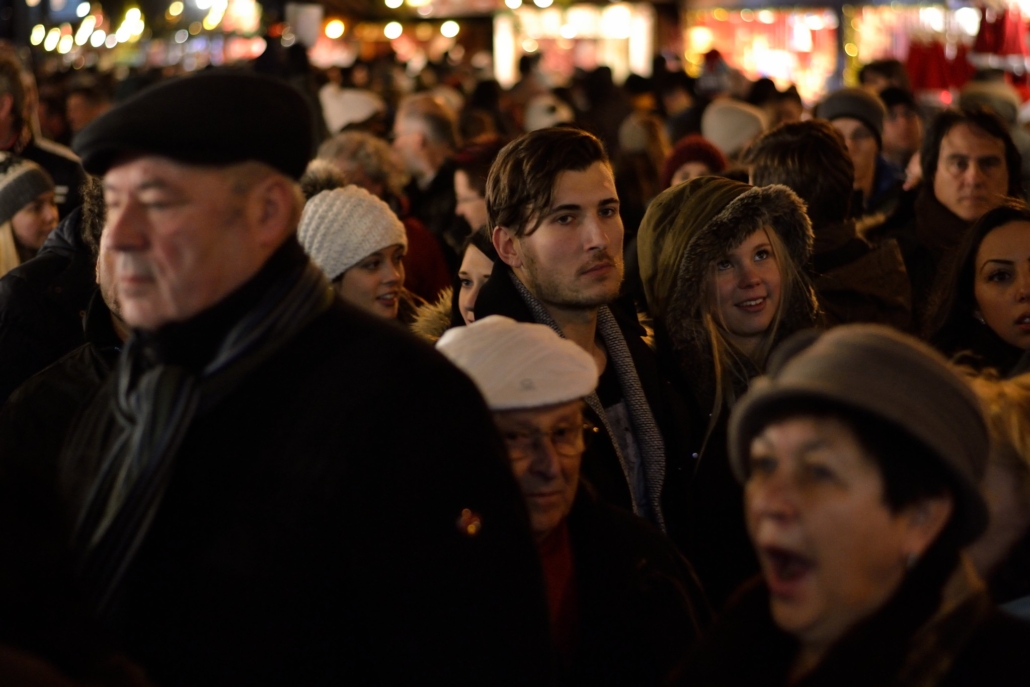Addressing HIV/AIDS in Austria
 In 1983, the spread of HIV/AIDS made Austria sound its alarm bells. Though the country only saw six cases that year, that number jumped to 381 by 1985. Since then, there have been huge strides in both treatment and acceptance that give HIV/AIDS victims a chance at a normal life.
In 1983, the spread of HIV/AIDS made Austria sound its alarm bells. Though the country only saw six cases that year, that number jumped to 381 by 1985. Since then, there have been huge strides in both treatment and acceptance that give HIV/AIDS victims a chance at a normal life.
Every Statistic Represents a Life
The alpine nation of Austria only makes up a small percentage of overall HIV/AIDS infections. According to the Austrian HIV Cohort Study, since the beginning of data collection in 1985, there have approximately been a total of 11,154 HIV diagnoses; 3,510 resulting in AIDS. Overall 2,859 people have succumbed to the disease.
The same study furthermore shows that throughout the years new infections have consistently stayed under 500, hitting their peak in 2008 with 415. In 2023 newly reported cases totaled 114, and currently, Austria ranks 120th worldwide in overall HIV rates in adults.
Like in most other countries, medical treatments and prevention are paramount in the battle against the HIV/AIDS epidemic. In Austria, 98.2% of patients are currently receiving antiretroviral regimens, and in 2022, 232 people were taking non-occupational antiretroviral drugs to impede the spread of the illness. This was an increase from 144 in 2016. Medications such as PrEP have also seen an uptick, from five prescriptions in 2016, when it first became available, to 1,270 in March of 2023, according to the Austrian HIV Cohort Study. Therapeutic advances like the previously mentioned means that contracting HIV/AIDS in Austria, and globally, is no longer a death sentence.
Additionally, expecting mothers get screened for HIV/AIDS as part of the Mother-Child booklet to qualify for childcare allowance. This allows for women to receive financial assistance and should the test be positive, gives providers a chance to provide care for both mom and baby.
Nobody Should Be Left Behind
The government assists citizens who are unable to work due to illnesses or other hardships. This comes in the form of the “Sozialhilfe” (social help) or “Mindestsicherung” (minimum security) to cover basic living costs. However, this keeps people just below the poverty line.
Depending on how the virus progresses, people with HIV/AIDS in Austria can continue to work, and it is illegal for any employer to discriminate against anyone with a positive status or ask any employee if they have HIV/AIDS. These laws are part of the de-stigmatization of the disease, and not ostracizing victims as was the norm during the beginning of the epidemic. Austria never saw the devastating numbers that other countries did, but it soon became a large part of the effort to advocate for more tolerance for people who are afflicted by the virus.
The Life Ball
In 1993, 10 years after the first diagnosis of HIV/AIDS in Austria, Gery Keszler and Torgorm Petrosian founded the organization called AIDS LIFE. In that same year, it held the first Life Ball in Vienna’s city hall. Petrosian himself was affected by the disease and the goal was to raise funds for national efforts to support others suffering from HIV/AIDS. Just one year later, the event already rose to international recognition and now collected donations for international relief.
Always held under a different theme, the ball becomes a magnet for fashion designers like the late Vivienne Westwood. AIDS LIFE then began to expand and in 2001 worked with other international projects, notably The Elton John Aids Foundation. The Life Ball then began to attract more and more celebrities and politicians, who joined the fight against the illness.
Although, wider publicity helped ease the stigma surrounding HIV/AIDS and for those who had contracted the virus, the ball took a pause in 2016 to return in 2017 with a refocused effort not on the spectacle but on “Fighting AIDS & Celebrating Life!” AIDS LIFE also rebranded itself to LIFE+ and launched the Know Your Status campaign to normalize HIV testing.
The fundraiser occurred the last time in 2019 and throughout its 26 years of existence, LIFE+ collected more than $34 million in donations.
For those who are also experiencing homelessness and/or drug addiction there is the Lighthouse organization in Vienna. Since 2000 the nonprofit has run a supported housing project, the only one in the country for people with HIV/AIDS. Its main mission is to highlight the humanity of people cast aside and to help their clients regain their lives.
Looking Ahead
Anybody can make a difference. No matter the cause, no matter how big the challenge, all it takes is one person with an idea. In the case of the Life Ball, it was two people, but Keszler’s and Petrosian’s story shows that small efforts can snowball into positive systemic changes and advances that might not have seemed possible.
– Melissa Harper-France
Melissa is based in Saint Paul, MN, USA and focuses on World News and Global Health for The Borgen Project.
Photo: Flickr
